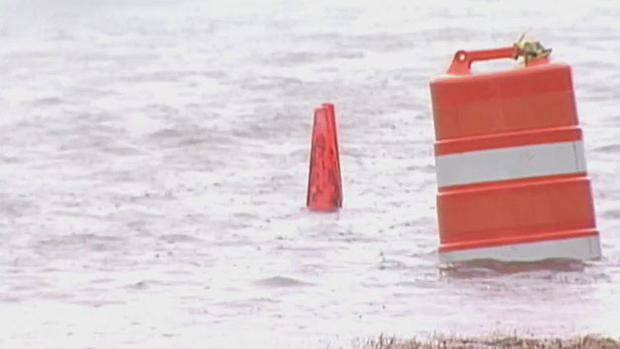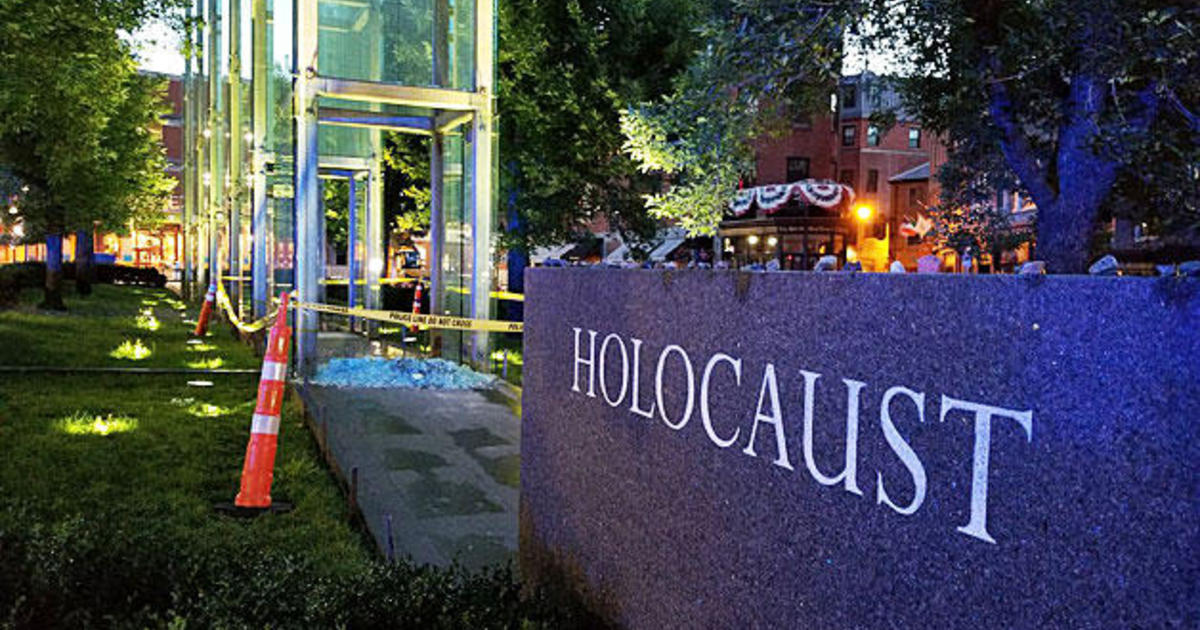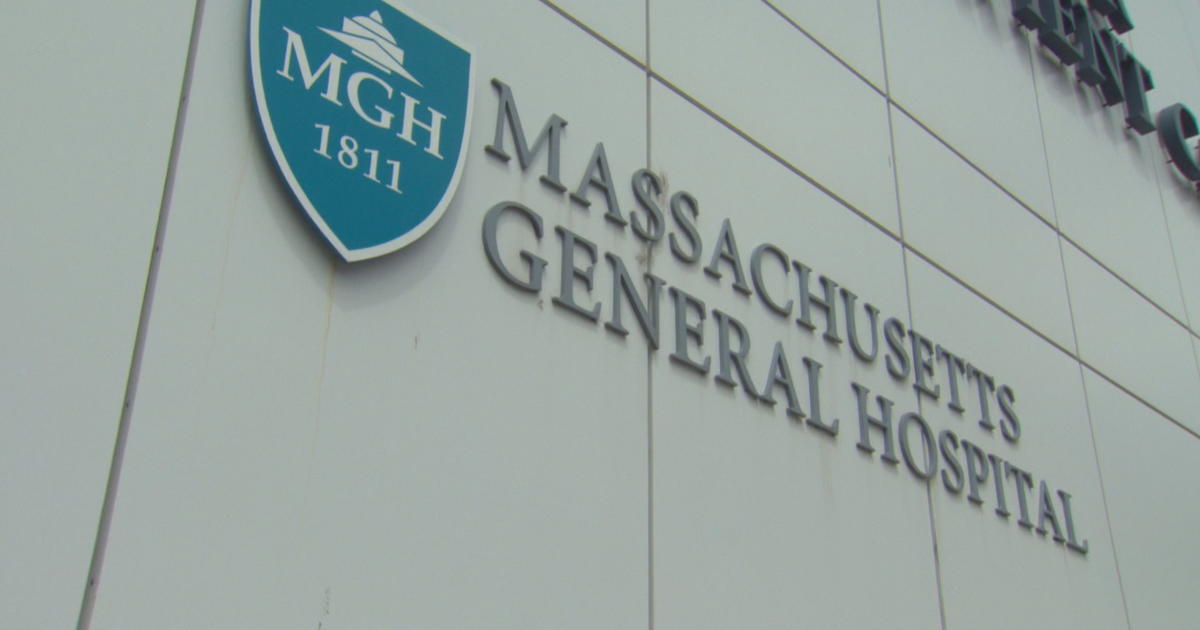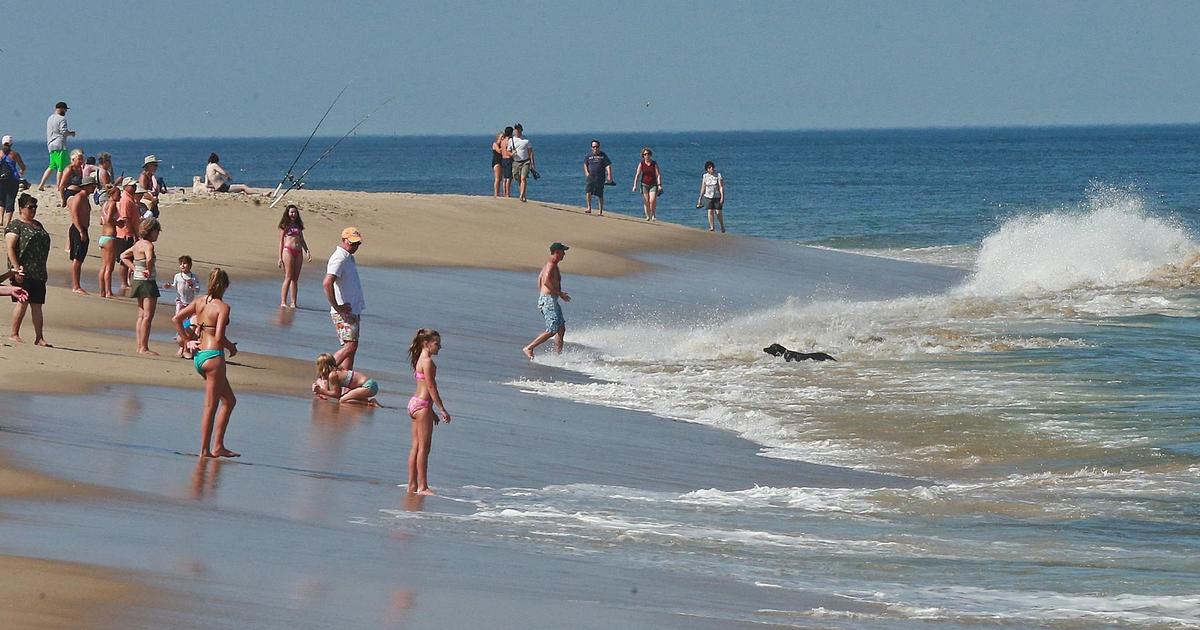Eye On Weather: Sea Level Rise Could Have Big Impact In Boston
BOSTON (CBS) -- New England life has always featured a close connection to the sea. And when our ancestors were checking out the landscape, they knew what they were doing. They found a wonderful, large, round harbor protected by nearly three dozen islands and said 'hey, this looks pretty sweet.' Or something more proper along those lines. But in all seriousness, Boston Harbor is a perfect place to build a city around. Thirty foot waves outside of it in the raging Atlantic become two-footers at the New England Aquarium. So over time the city was settled, bays were filled in, and development boomed on the waterfront. And at the time, settlers weren't thinking about sea level rise.
Now, it's a very real issue. Wave action will never be a big problem in Boston because of its protected nature. Since that's the case, many of our structures are nestled just within a couple feet of high tide. So even small sea level rise can have a big impact. That means years of extremely little flooding can quickly give way to chronic water problems.
Read: Eye On Weather Special Reports
"Old timers will tell you we don't flood," says Julie Wormser, of the non-profit group Boston Harbor Now. "We've only had two 100-year floods. One in the 1800s, and the Blizzard of '78."
That blizzard still has the storm surge record for modern-day Boston, yet another reason it's remembered by so many. For the city and most of the eastern shore of Massachusetts and New Hampshire, cold season nor'easters offer the biggest flooding threat (as opposed to hurricanes). It also happens that we get a lot more nor'easters than we do hurricanes. So sea level rise is a growing concern.
The shores of Massachusetts have seen water levels come up faster than nearly every other section of the U.S. coast. Only the Mid-Atlantic region has seen a swifter rise. Over the past 100 years, we've seen water come up anywhere from 6-12". It's a double whammy - both sea level rise and sinking land. During the last glacial period the weight of ice to our north was so great that the land of southern New England actually bulged 'up.' It's still in the process of settling back.
No slow down is expected in the coming years. The latest report from the International Governmental Panel on Climate Change, or IPCC, calls for an additional 2-4 feet of sea level rise by the end of the century. And even a modest 'best case' scenario of 1 foot would be problematic for coastal regions like ours.
Wormser says two feet of additional water could put places in the flood plain that are currently hard to fathom.
"That's our financial district, neighborhoods, that's even Copley Square and the Back Bay. Anything with a 'bay' in its name is going to be a bay again."
This autumn's 'King Tides' are a good teaching tool, and a way to bring attention to the issue. A 'king tide' is the highest natural tide of the year, when the gravitational forces of both the moon and sun align to produce exceptionally large tidal fluctuations. In both October and November, droves of people came out to the waterfront to see the ocean splashing up over the harborwalk, into playgrounds, and over roads.
"You've really got to take a serious look at your waterfront development if this is something that's going to be a normal high tide in 2050" says Jill Horwood, Director of Waterfront Policy with Boston Harbor Now. We spent the day out on a pilot boat observing the King Tide in November, and it was easy to see how susceptible our coastline is.
"It's good in a way because it gets the conversation going. Folks are out here, now we have to teach 'alright, here's what the future looks like. How do we prepare?" says Horwood.
The type of flooding we now see with King Tides used to happen twice a year. Now it's occurring about six times per year. The impact revolves around timing. We were fortunate in both October and November to have calm days with no storms around and no strong onshore winds. Even still, neighborhoods were flooded in Hampton, NH and sections of roads on the Mass. shore were closed around high tide. A good nor'easter, coinciding with a high king tide, could add 2-3 feet of storm surge on top of it.
So the king tides are a glimpse into a not-too-distant future, where every high tide will be at such a level and the 'new' king tides will be even higher. As Horwood notes, it's a good way to get the conversation going about how we will develop and protect our coastline development in the future to make sure we stay resilient and can handle the extra water that is expected to arrive this century.





